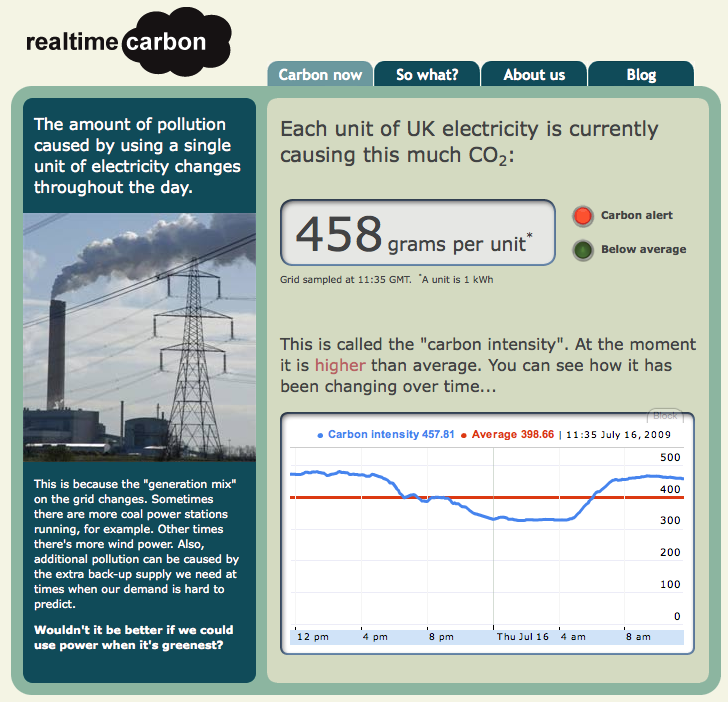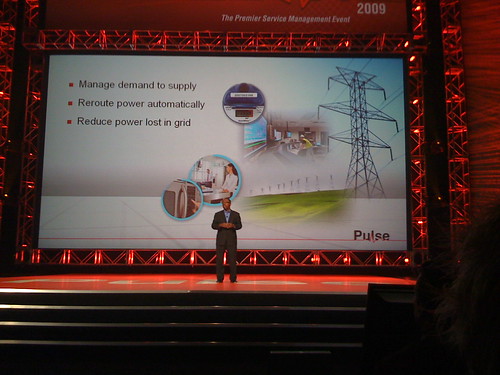I attended the 7th International SAP for Utilities event in Munich last week.
Having attended the SAP for Utilities event in San Antonio last year, I had reasonably high expectations from this conference and I wasn’t disappointed. At the San Antonio event SAP talked very much about the ‘State of the Now’ talking up their, then recently launched, Energy Capital Management software. At this event however, Head of SAP Service Industries, Klaus Heimann keynoted introducing SAP’s vision for the utility company of 2020!
In what was a very forward-looking address, Klaus confidently predicted that:
In two years time this will no longer be a Utilities conference, it will be en Energy conference
This must have had a lot of the people in the room squirming in their seats because, as Klaus himself said, “Utilities are not known as being good at change!”
But change they must.
Just a few of the upcoming major changes utility companies are going to have to cope with include the growing imperative to move to a greater penetration of renewables in the generation mix, the impending explosion in the numbers of electric vehicles to be charged, and the need to roll-out smart grids and take in distributed generation.
Klaus’ vision for the utility company of 2020 is summarised in the video interview I conducted with him above, but briefly he talked of an energy market vastly more complex than today’s. An energy market:
- where customers can be consumers and producers (via micro-generation)
- where customers may have shares in a wind-farm which sells electricity to the local utility
- where customers receive rebates on kWh’s saved during times of peak demand (compared to avg previous day’s use at same time, for example)
- where utilities will have special renewable-only power offerings (I wish they had that now)
- where utilities will need to be able to bill customers for energy used to charge electric vehicles, away from home (at the office) or even in different countries and
- where utilities will need to be able to offer real-time consumption information, generation data and a control interface to the customer’s appliances
Nothing too earth-shattering in that list to be honest. But, when put against the types of changes utilities have gone through in the last 100 years, this is an enormous upheaval. This is probably a good time to be a change management consultant in the utilities sector 😉
For this vision to become real (and any utilities who don’t start to move in this direction can start writing their own obituaries now), there needs to be massive changes in utilities communications infrastructures and their data handling capabilities.
With big change, comes big opportunities so it is not surprising to see SAP are all over this and helping the utilities visualise where they need to go.






